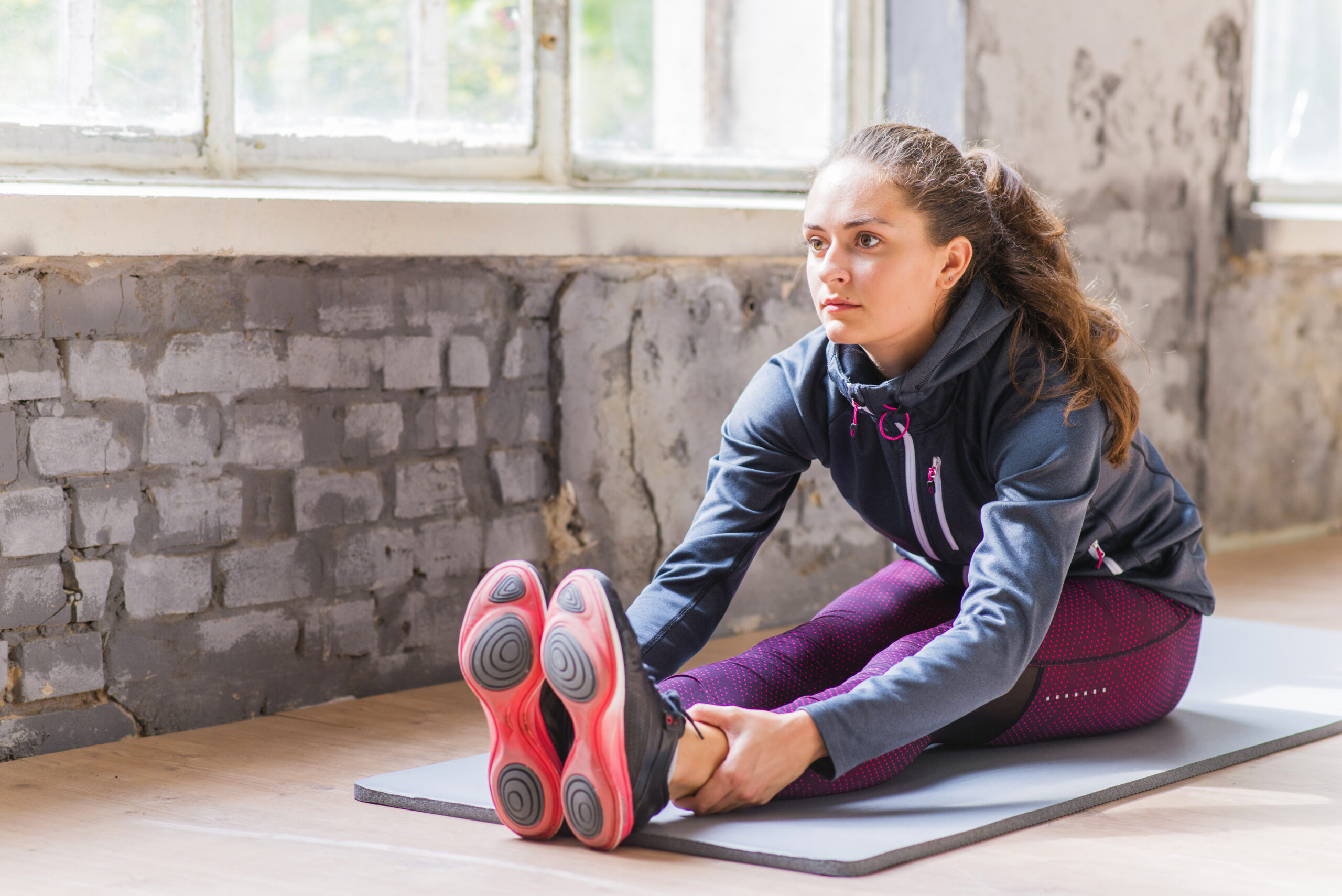Muscle cramps during workouts can be a frustrating and painful experience. Whether you’re a seasoned athlete or a casual gym-goer, muscle cramps can disrupt your routine and lead to discomfort. One of the most effective ways to prevent cramping is through proper stretching. Stretching helps increase flexibility, improve blood circulation, and prepare muscles for physical activity. In this guide, we’ll explore how to stretch properly to prevent cramping during workouts.
Understanding Muscle Cramps
Before diving into stretching techniques, it’s important to understand why muscle cramps occur. Muscle cramps are abrupt, involuntary contractions of one or more muscles. They can be caused by:
- Dehydration – Lack of fluids leads to an imbalance of electrolytes, causing muscle contractions.
- Overuse or Fatigue – Exercising without proper warm-up or overworking muscles can trigger cramps.
- Lack of Proper Nutrition – Deficiencies in potassium, magnesium, and calcium contribute to cramping.
- Poor Circulation – Reduced blood flow can lead to muscle stiffness and cramps.
- Inadequate Warm-up and Stretching – Failure to properly prepare muscles before exercise increases the risk of cramps.
The Importance of Stretching
Stretching before and after workouts is crucial for preventing muscle cramps. It helps to:
- Increase blood flow to the muscles
- Improve muscle flexibility and range of motion
- Reduce muscle stiffness and tension
- Prevent injuries and enhance performance
Let’s break down the best stretching techniques to prevent muscle cramps before, during, and after a workout.
Pre-Workout Stretching: Dynamic Stretches
Dynamic stretching is ideal before a workout as it warms up the muscles and increases blood flow. These stretches help the body get ready for activity since they require mobility.
1. Leg Swings
- Stand next to a wall for support.
- Using a controlled motion, swing one leg forward and backward.
- Perform 10-15 swings per leg.
2. Arm Circles
- Extend your arms out to the sides.
- For 15 seconds, move in small circles ahead, then turn around.
- Gradually increase the size of the circles.
3. Walking Lunges
- With your back straight, take a step forward into a lunge.
- Push through your heel and step forward with the opposite leg.
- Repeat for 10-12 reps per leg.
4. High Knees
- Stand upright and jog in place while lifting your knees as high as possible.
- Do this for 30 seconds to increase blood flow.
Common Stretching Mistakes to Avoid
When stretching, many people unintentionally make mistakes that can lessen its efficacy or even cause damage. Avoid these common errors:
- Bouncing During Stretches: This can cause muscle strain and increase the risk of injury.
- Holding Your Breath: Always breathe deeply and steadily to help relax your muscles.
- Overstretching: Stretch till you feel a little tense, not hurt.
- Skipping Post-Workout Stretches: Neglecting static stretches can lead to stiffness and delayed muscle recovery.
During Workout Stretching: Targeted Muscle Relief
If you feel tightness or the onset of a cramp during a workout, gentle stretching can help relieve tension and prevent full cramping.
1. Calf Stretch
- Put your hands against the wall while you are facing it.
- Keeping your foot straight, take a step back and plant your heel firmly on the ground.
- Hold for 20-30 seconds and switch legs.
2. Hamstring Stretch
- Place one foot against your inner thigh and one leg out on the floor.
- With a straight back, reach for your toes.
- Hold for 20-30 seconds and switch sides.
3. Shoulder Stretch
- Hold one arm with the other hand as you bring it across your body.
- Hold for 15-20 seconds, then switch arms.
Post-Workout Stretching: Static Stretches
After a workout, static stretching helps relax muscles, reduce soreness, and improve flexibility. These stretches should be held for at least 20-30 seconds.
1. Quad Stretch
- Stand upright and pull one foot towards your glutes while keeping your knees together.
- Hold onto a wall if needed for balance.
- Switch legs after 20-30 seconds.
2. Seated Forward Bend
- With your legs straight out in front of you, sit on the floor.
- Your back should remain straight while you reach forward toward your toes.
- Hold the stretch for 30 seconds.
3. Triceps Stretch
- Reach behind your back by lifting one arm overhead and bending the elbow.
- Use the opposite hand to gently push your elbow.
- Hold for 20-30 seconds before switching arms.
Hydration & Nutrition for Cramp Prevention
Stretching alone isn’t always enough to prevent muscle cramps. Incorporating these additional strategies can further reduce the risk:
- Stay Hydrated: Drink at least 8-10 glasses of water daily, and more when exercising.
- Maintain Electrolyte Balance: Eat foods rich in potassium (bananas), magnesium (nuts and seeds), and calcium (dairy or leafy greens).
- Consume Hydrating Foods: Watermelon, oranges, and cucumbers help maintain hydration levels.
- Use Sports Drinks When Needed: If engaging in prolonged workouts, sports drinks can help replenish lost electrolytes.
FAQ: Stretching and Muscle Cramps
1. How long should I hold a stretch?
Dynamic stretches should be done for 15-30 seconds, while static stretches should be held for 20-30 seconds.
2. Can stretching alone prevent cramps?
Stretching is essential, but hydration, nutrition, and proper warm-ups also play a major role in cramp prevention.
3.Before or after an exercise, is it preferable to stretch?
Both! Dynamic stretches should be done before exercise, and static stretches should be performed after to aid muscle recovery.
Conclusion
Stretching properly before, during, and after a workout is a simple yet powerful way to prevent muscle cramps. Dynamic stretches warm up muscles, targeted stretches during workouts alleviate tightness, and static stretches help with muscle recovery. Combined with proper hydration, nutrition, and gradual workout progression, stretching can ensure a cramp-free and enjoyable exercise experience.
By making stretching a consistent part of your fitness routine, you can enhance performance, prevent injuries, and keep your muscles in top condition. Happy stretching!



